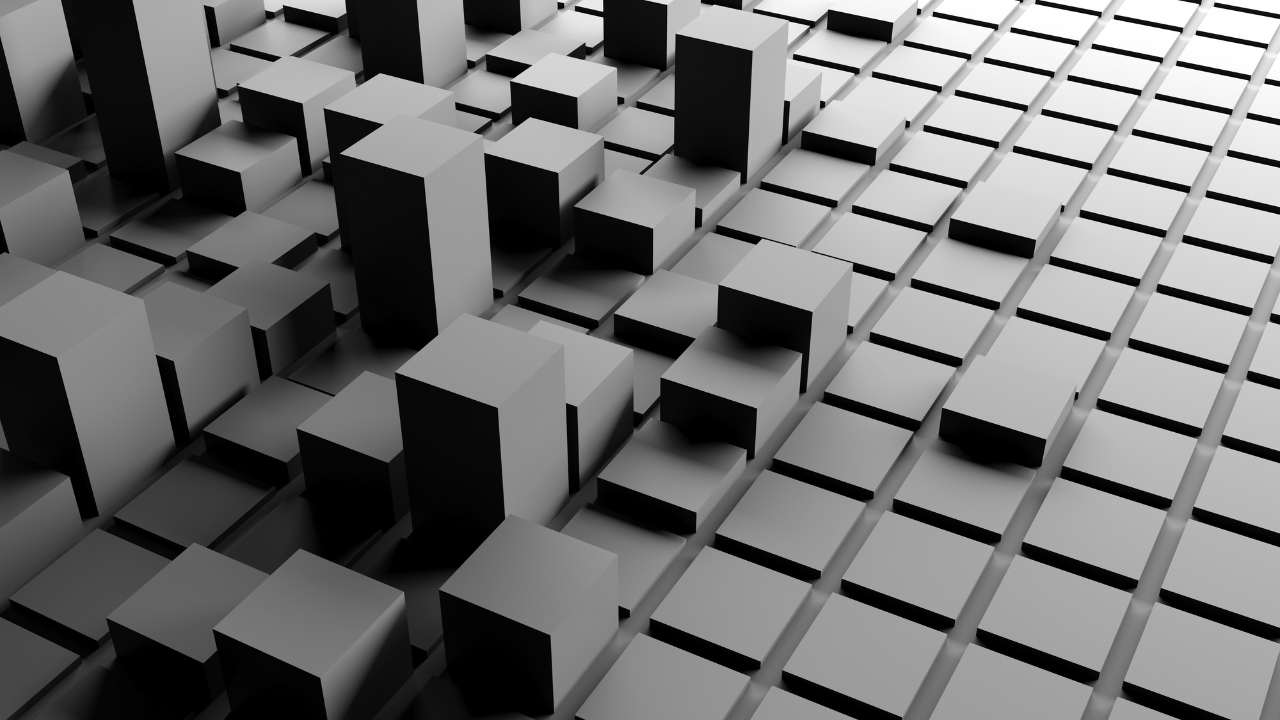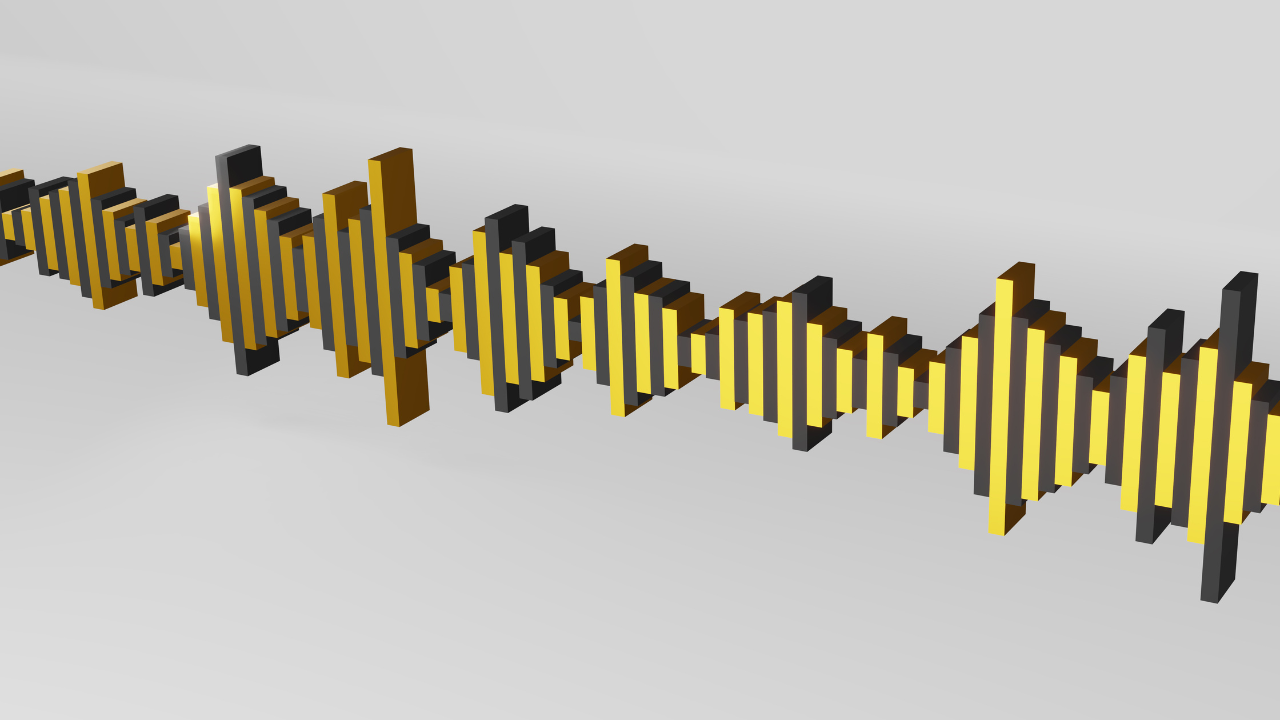How to Use Condition Monitoring to Optimize Grease Lubrication
Jarrod Potteiger
There are four primary components to precision grease lubrication for bearings: lubricant selection, application method, the volume of lubricant to be delivered, and the frequency with which it is applied. There are, of course, many different methods for specifying these values, and opinions can vary significantly as to which approach is best. For this reason, the best approach may be to use more than one method and develop a strategy that defines default values which are then fine-tuned based on feedback from visual inspections, operating temperature, acoustic monitoring and others. Due to the variability of operating conditions and machine design, it can be very difficult to be truly precise without introducing the “condition-based” component to the formula.
Condition-based lubrication should be part of any world-class program, and the subject of condition-based grease lubrication is gaining more and more interest. By acquiring knowledge of the fundamental parameters used to define grease lubrication values and applying the latest technological tools, today’s lubrication engineer can easily improve the reliability of machinery, increase the efficiency of preventive maintenance activities, and continue to shift the lubrication program toward the preferred and most fiscally sound proactive strategy.

Grease Selection
When taking a critical look at grease lubrication strategy, a good starting point is to select the right grease. Simply selecting the best quality grease is not as important as choosing the correct grease for a given application. Too often, grease selection is oversimplified and the key properties overlooked. Grease selection is actually more complicated than lubricating oil selection.
Due to the lack of specificity in most grease recommendations, it is important to learn how to properly select greases for each application in a plant. Proper grease specification requires all of the components of lubricating oil specification, including base oil viscosity, additive requirements and base oil type, as well as other special considerations for grease selection, including thickener type and concentration, consistency, dropping point, and operating temperature range, to name a few. While most people give consideration to grease quality, many don’t stop to make sure they are using the right lubricant. For a comprehensive discussion on grease selection, see the referenced article on grease selection. 1

Application Method
There are several different methods for applying grease. Grease can be applied through centralized application systems, single-point automatic application systems, hand packing and a manual grease gun. A compelling argument can be made for the superiority of continuous application systems, but for most applications, these systems are impractical. For this reason, the manual grease gun is the most common application method and is the primary focus of this article.
Manual grease application, when done correctly, is a very effective method and does provide certain advantages over automatic systems. One requirement of manual application is that the technician is normally in close proximity to the lubricated component. This allows for inspections to be made in conjunction with the relubrication activity. In addition to sensory observations – such as sight, smell and sound – instrument inspections, such as acoustic monitoring and temperature readings, may be used not only to provide component condition information, but also to fine-tune the lubrication activity. The addition of acoustic monitoring to a well-developed greasing strategy will help take the lubrication program to a world-class level.

Relubrication Volume
One of the more important and frequently botched components of the greasing strategy is relubrication volume. When I ask individuals how they determine how much grease to apply to a particular component, a common response is “however much it takes”. This is certainly not a “precise” method. There are quite a few different acceptable methods for estimating the appropriate relubrication volume. One of the most common methods is the one recommended by SKF, where grease replenishment volume is defined by the following equation:
Gp = 0.005 x D x B
Where:
Gp = grease replenishment amount (gm)
D = bearing outside diameter (mm)
B = total bearing width (mm)
This method generally provides good results but does not necessarily take all factors into account. For example, this method does not account for differences in bearing housings and application points. Instead, it assumes that the grease is added at the optimum location. Also, it is not always possible to know the amount of and the condition of old grease in the housing at the time of reapplication. For these reasons, it may be advantageous to modify the calculated values with a condition-based approach. The most advanced condition-based technique is the use of acoustic instrumentation to optimize the relubrication volume.
By establishing a baseline value and determining a statistically appropriate limit, the volume of grease added can be optimized. It is the opinion of this author that this “hybrid” approach is the best method for arriving at the optimum relubrication volume rather than relying solely on calculated values or instrument feedback.
Frequency of Application
The component of the greasing strategy that holds the most variability is the frequency of relubrication. There are many factors that must be considered in order to be even reasonably precise in determining the best application frequency. Such factors as operating temperature, seal type and condition, particle contamination, moisture, vibration, and grease quality all play a very large role in determining reapplication frequency. Although there are several methods for calculating frequency, some of which take many of these factors into consideration, they can still generate significantly different values. The following chart and associated correction factors (Figure 2) from SKF provide a common method used to calculate frequency.
Once again, to be precise, we need some type of feedback from the lubricated components to verify that we have in fact chosen the proper frequency. For frequency, as with volume, acoustic instrumentation might be the best tool available to help dial in the optimum relubrication frequency. A conservative approach is to use a frequency generation method like that from SKF as a starting point, and continuously refine that value based on feedback from the acoustic equipment or other physical observations.
Summary
Optimizing a grease lubrication strategy can be tricky. The best approach is probably to combine the latest technology with proven traditional methods. Of course, we should never underestimate the valuable intuition that comes with experience and knowledge. To make it simple, just remember to use the right lubricant in the right place, use the right application method in the right amount, and at the right time. To bring all of these elements together and do the best job possible, we must be aware of all available techniques, theories and technologies.
Acoustic Monitoring Technology for Lubrication Acoustic monitoring has for many years been successfully utilized to monitor the condition of electrical systems and identify leaks in vacuum, compressed air, steam and other fluid transfer operations. In recent years, more and more maintenance professionals have come to rely on this technology to also monitor the condition of mechanical components and even monitor bearing lubrication condition.
The amount of noise produced by a lubricated bearing can be a useful indicator of the effectiveness of the lubricating film. After all, everyone knows the squeaky wheel gets the grease. Rolling element or anti-friction bearings typically employ an elasto-hydrodynamic lubricating film. In this type of lubrication, the loaded surfaces elastically deform and the load is carried by a film of oil sufficiently thick to prevent the interacting surfaces from contacting one another. At a microscopic level, the finished surfaces in the bearings present irregularities or bumps often referred to as asperities. When they collide, it generates noise which can be measured by acoustic monitoring devices.
In a properly lubricated bearing, these collisions should be few and, thus, generate a relatively low noise level, but as the grease in a bearing is “used up”, the oil film begins to dissipate and the collisions become more frequent and create more noise. While it is certainly possible to hear this phenomenon with a stethoscope, the acoustic instruments allow it to be quantified and provide an objective interpretation of the sound levels. Based on the normal or baseline noise levels for a particular bearing, limits can be established that alert the technician to the precise time the bearing requires re-lubrication and even indicate when to stop applying grease to prevent over-lubrication.
The addition of acoustic monitoring to your lubrication program allows for condition-based grease lubrication in a similar fashion to the way oil analysis allows for condition-based oil changes. While we should always use traditional engineering methods to establish default values for grease lubrication, condition monitoring can help to fine-tune or verify these values, leading to a higher level of precision in bearing maintenance.
Jarrod Potteiger
Related Articles

The Lubrication Requirements of Couplings

The Building Blocks to Creating an Effective Lubrication Program

Principles of Insulation Testing

Does Lubrication Belong in the CMMS?

Top Tips for Selecting Pressure Measurement Transmitters

Gearbox Diagnostics Fault Detection




